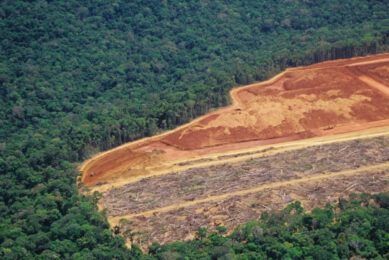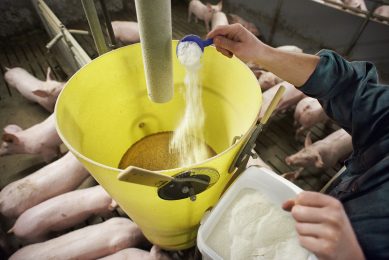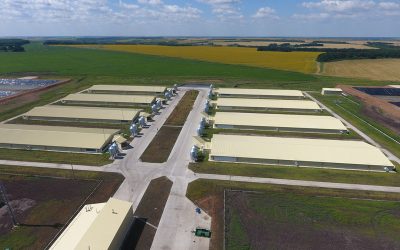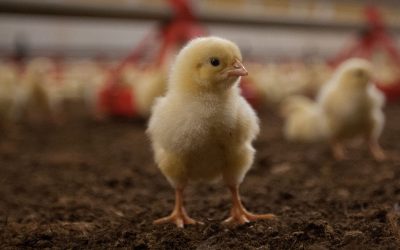EU tightens control on dioxins in food and feed
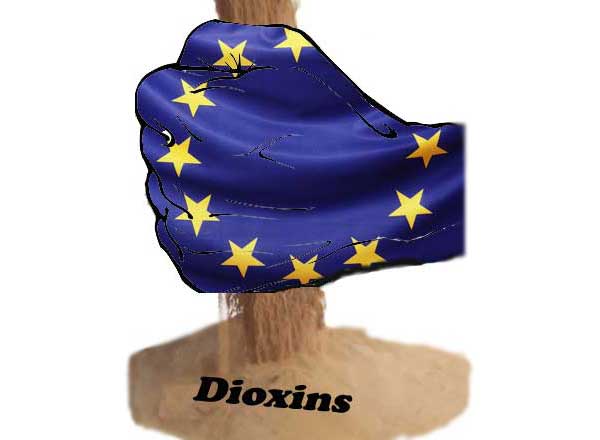
Member states have endorsed a draft regulation governing the handling of crude vegetable oils to the European Commission in order to get a firmer grip on dioxin contaminations in food and feed.
The measure was endorsed last week by the member states at the Standing Committee on the Food Chain and Animal Health. It will now be sent to the European Parliament and Council for scrutiny before the Commission can officially approve it. The regulation is expected to enter into force in mid-2012.
The regulation is a response to the dioxide crisis last December and January that shut down meat and egg sales from 4,700 farms across Germany after animal feed was found to be contaminated with the cancer-causing chemical.
About 136,000 metric tonnes of feed for poultry and swine containing industrial fat was fed to livestock across Germany. The fat contained industrial dioxins and should not have been in the animals’ feed.
The draft regulation contains four measures to be implemented throughout the EU by mid-2012 to reduce the risk of contamination in the food chain. These measures are aimed at avoiding food recalls from the market and financial costs to consumers and industries.
- Feed businesses processing crude vegetable oils, manufacturing products derived from oils of vegetable origin and blending fats, will have to be approved, and not only registered, by the competent authority.
- Fats intended for feed and food will be strictly segregated during their production and transport from fats intended for technical use in the chemical industry. The labels on the products must explicitly mention their intended use to help prevent products unfit for feed from entering the food chain.
- An EU harmonized plan with mandatory minimum testing for dioxin depending on the risk inherent to the products, will be introduced. The testing will focus on the risky products at the moment they enter the feed chain to facilitate the detection of non-compliant cases and the enforcement of feed law.
- All laboratories are obliged to directly notify the competent authorities of any excessive findings of dioxins.
Although industry will have to bear some addition costs under the new regulation, annual costs will amount to just a small percentage of the costs of one dioxin incident.




